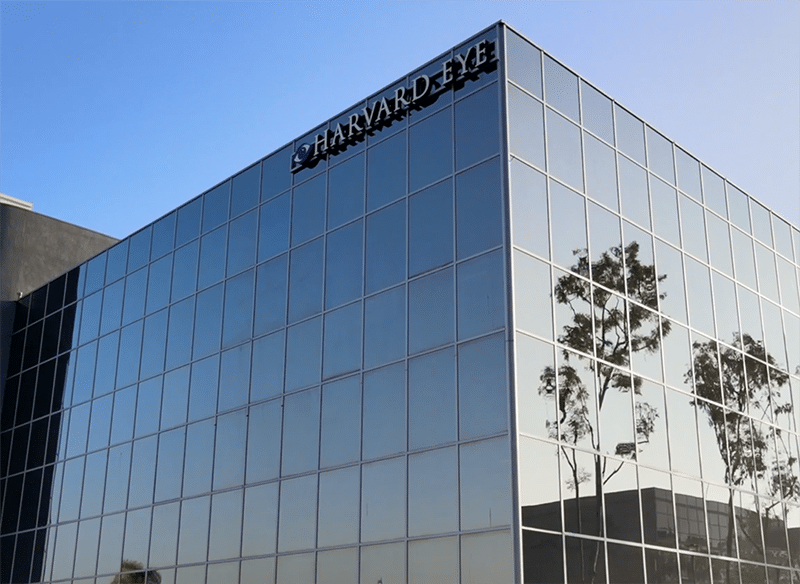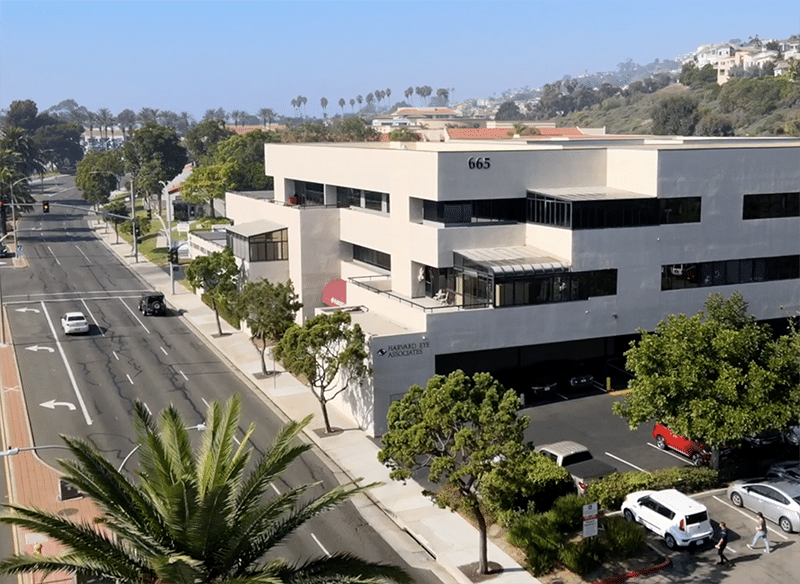Innovation is changing the philosophy of glaucoma treatment from a drop-dependent approach to an interventional, procedure-based approach, according to Savak Teymoorian, MD.
“In the pursuit of making glaucoma care better, we ask ourselves, what can we do to improve our patients’ therapy? We realized that eye drop options, as they stand, simply wouldn’t be the best way to do it,” he said. “That’s when the innovation came: How do we bypass some of these issues with eye drops and still provide therapy to our patients? That’s where the philosophical side of glaucoma has shifted to more of a procedural or interventional glaucoma viewpoint.”
MIGS options have gained traction over the last decade, and with studies like the LiGHT trial1 finding that SLT is more effective than drops, laser therapy has increased in adoption as well, Dr. Teymoorian said.
The LiGHT trial, Dr. Teymoorian explained, highlighted what he thinks are some of the underlying issues with drops. It’s not that drops are not effective; it’s that there is frequently some level of non-compliance for various reasons. These reasons can include cost, side effects, inability to administer them properly, and being unable to remember to take the drops.
Dr. Teymoorian said he asks his glaucoma patients when they come to the clinic if they have any difficulty with drops, and most are forthcoming with their issues. However, he found in the past they weren’t necessarily amenable to MIGS, SLT, or cataract surgery to lower IOP and potentially reduce their drop burden. Where he’s found the philosophy shift toward acceptance of interventional glaucoma among patients has been with Durysta (bimatoprost intracameral implant, Allergan).
“I consider Durysta to be the gateway to interventional glaucoma that I’ve wanted but my patient wasn’t ready for,” Dr. Teymoorian said. “We have other ways of treating glaucoma, but until the patient psychologically is prepared for those options, they typically don’t go with it. This is where Durysta comes in.”
Dr. Teymoorian explained that once the patient has experienced a break from their drops, they don’t want to go back.
“Even though I may have mentioned SLT, cataract surgery, or MIGS procedures before, they didn’t hear that because they were trained that glaucoma is treated with glaucoma drops. Now that they’ve had a holiday from their drops with Durysta, they say, ‘Maybe we should do a laser, cataract surgery, or a MIGS procedure.’”
While Dr. Teymoorian finds the typical Durysta candidate to be someone with mild to moderate glaucoma, he said there is a place for it with patients who need a trabeculectomy or tube shunt as well. He said for those procedures to do well, cutting down on ocular inflammation is important, and Durysta, giving the patient a break from potentially harsh drops, can help achieve that.
Durysta is currently only FDA approved for a single administration with about 15 weeks of efficacy. However, Dr. Teymoorian began implanting Durysta in 2020 and has some patients who are still experiencing positive effects, some after a year and others after 2 years from initial implantation.
As innovation continues to move the standard of glaucoma therapy, Dr. Teymoorian said there are a few things he thinks could be helpful in the future. He said a Durysta-like implant that either lasted longer or had more than one medication in it would be a good option. An article in EyeWorld took a look at sustained-release options in the pipeline for glaucoma, which included iDose (Glaukos), a bimatoprost-eluting ring (Allergan), the Evolute intracanalicular insert (Mati Therapeutics), the intracameral implant ENV515 (Envisia Therapeutics), and the intracameral implant OTX-TIC (Ocular Therapeutix). A sustained-release glaucoma treatment option was the first place winner of the 2022 Winning Pitch Challenge, which took place at Eyecelerator@AAO.
Dr. Teymoorian also said it would be nice to have drops that had better pressure reduction than the gold standard PGA, fewer side effects, and/or longer duration to reduce how often patients need to administer them.
About the physician
Savak Teymoorian, MD
Harvard Eye Associates
Laguna Hills, California
Reference
1. Gazzard G, et al. Selective laser trabeculoplasty versus eye drops for first-line treatment of ocular hypertension and glaucoma (LiGHT): a multicentre randomised controlled trial. The Lancet. 2019;393:1505–1516.
Relevant disclosures
Teymoorian: Allergan




